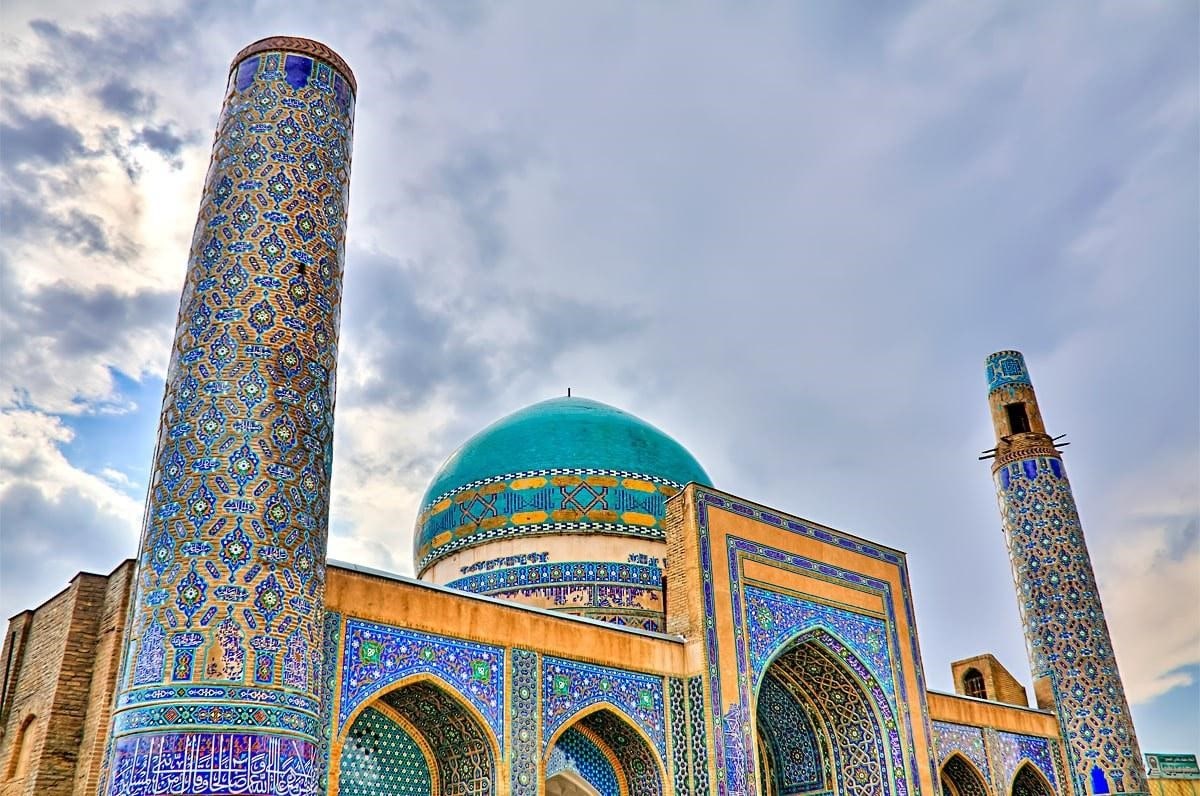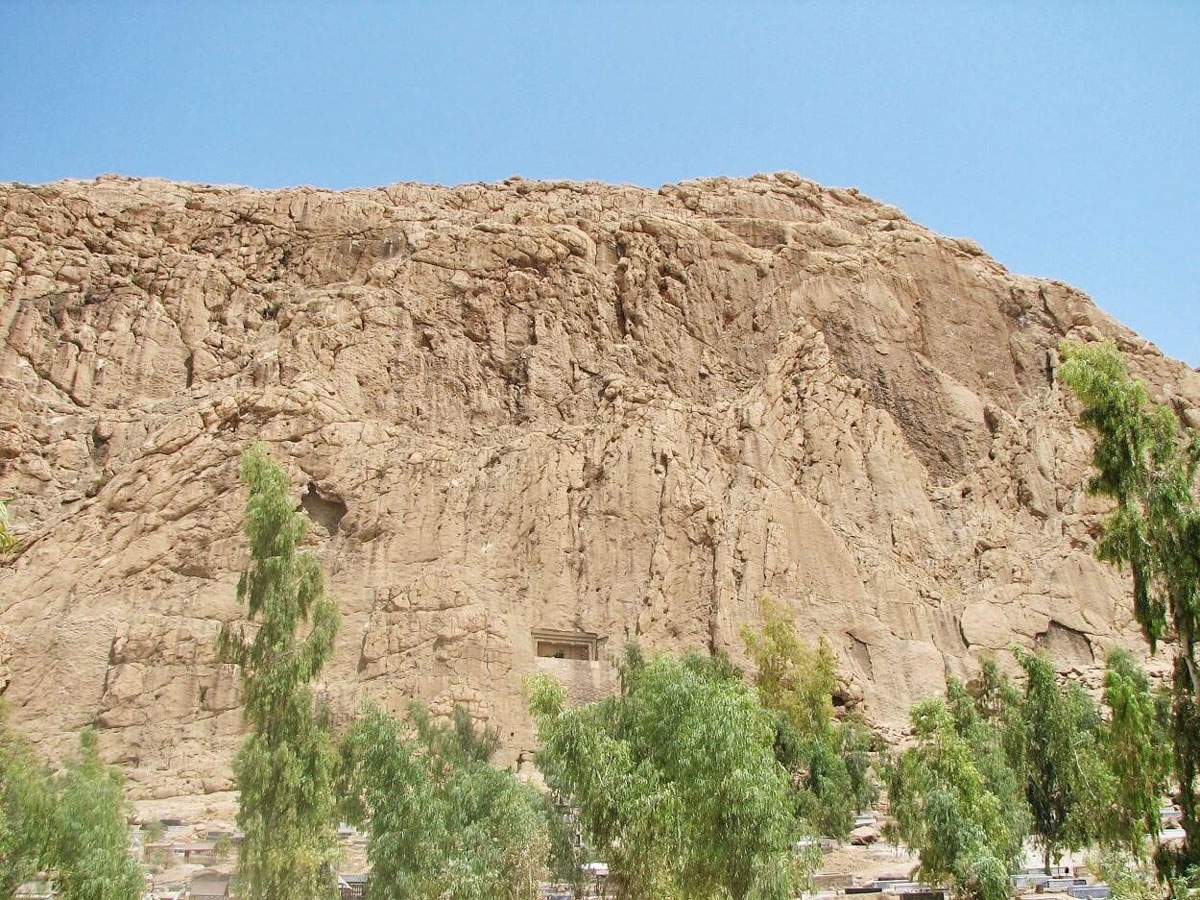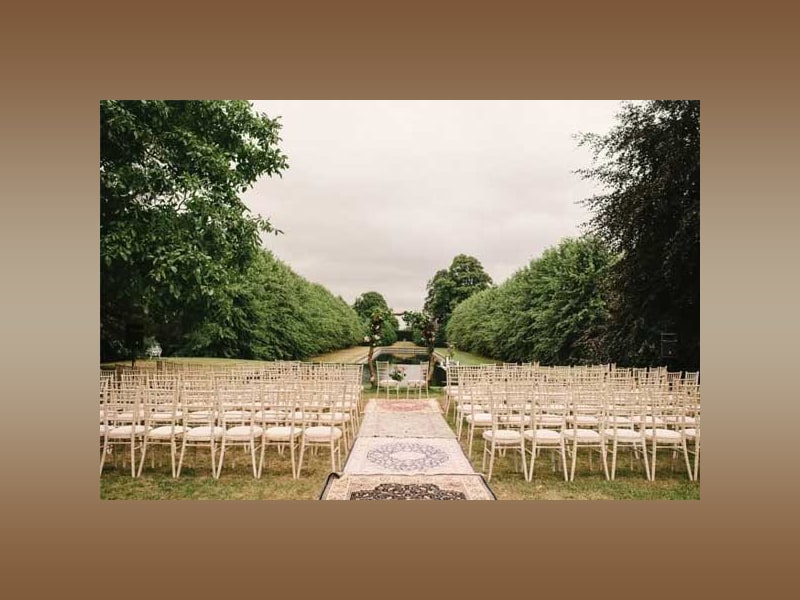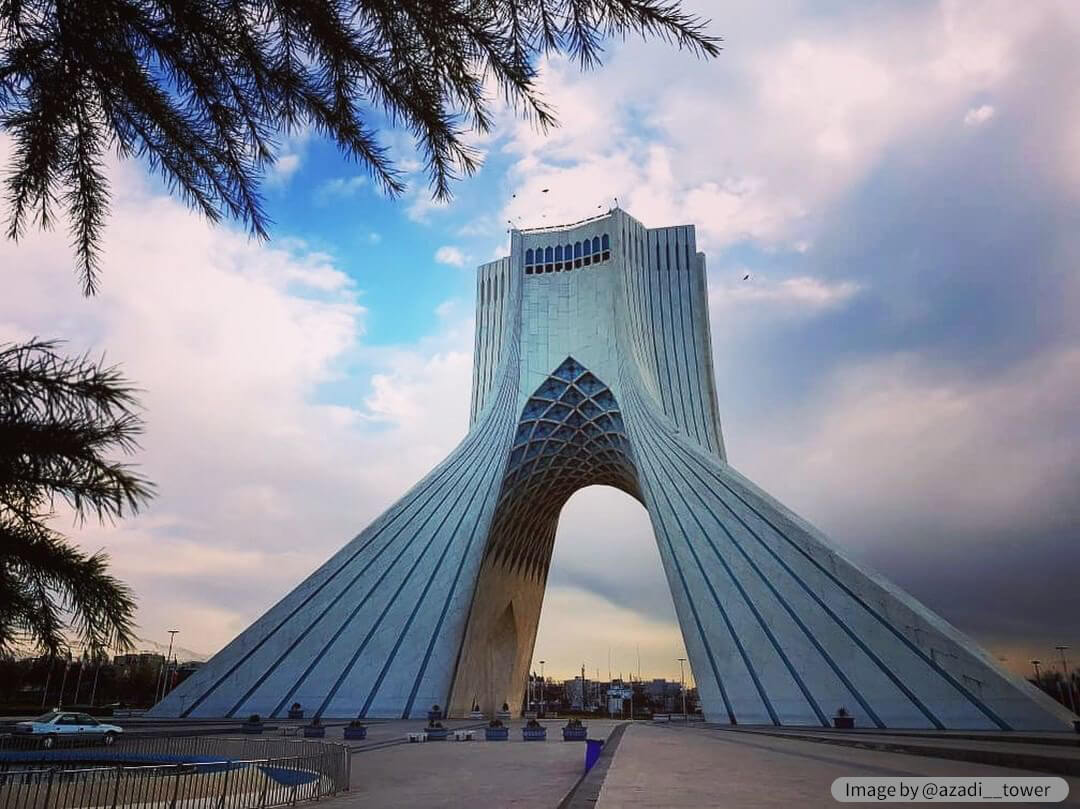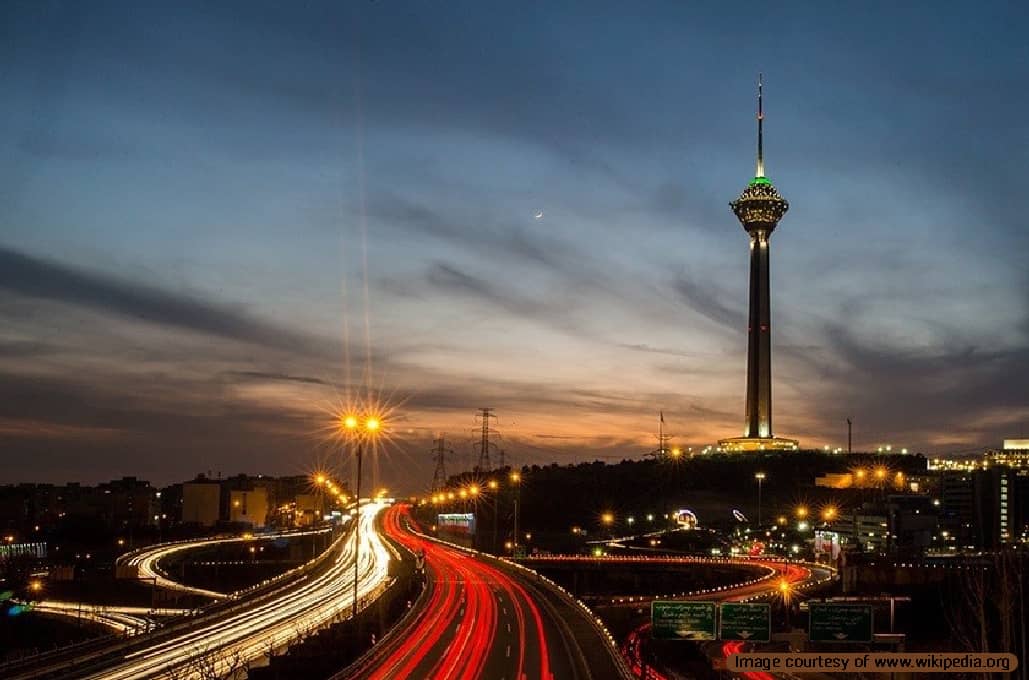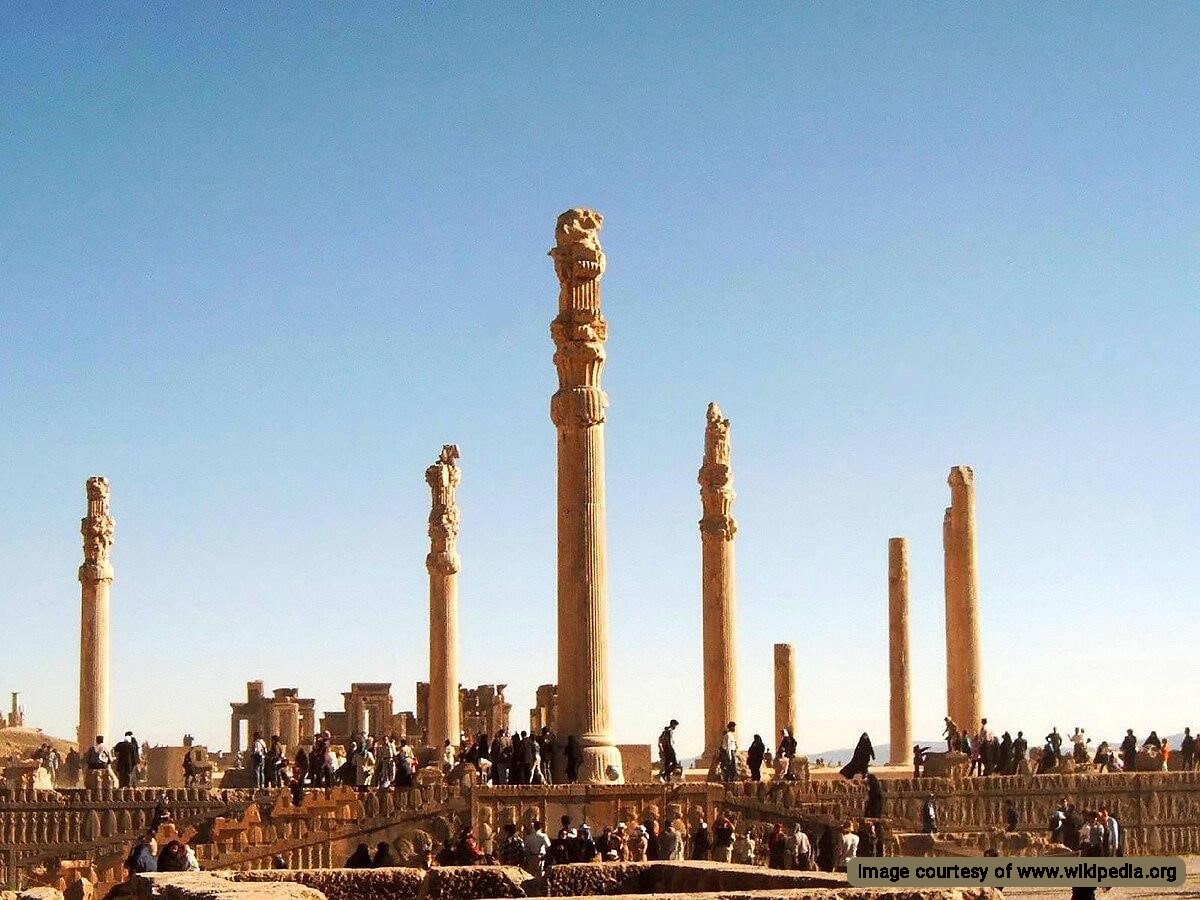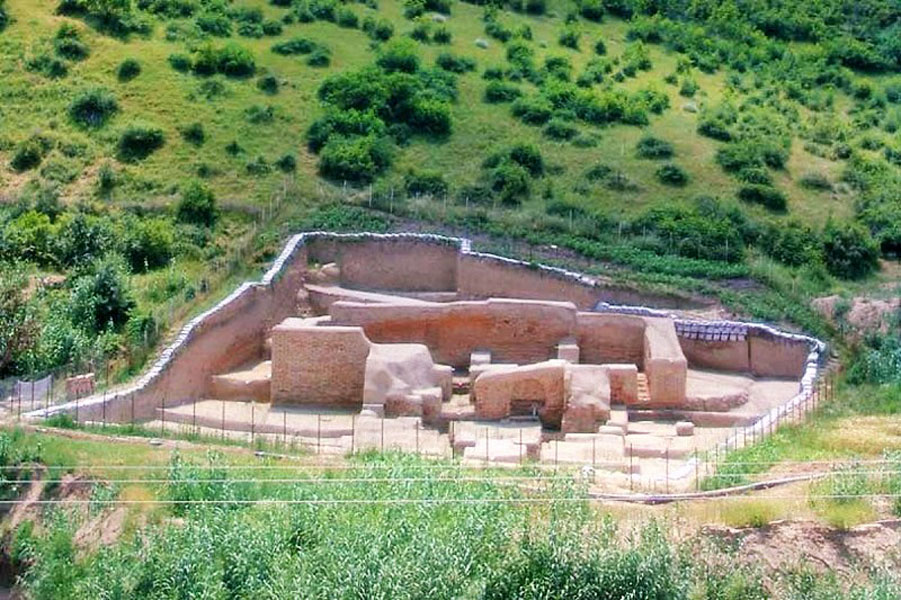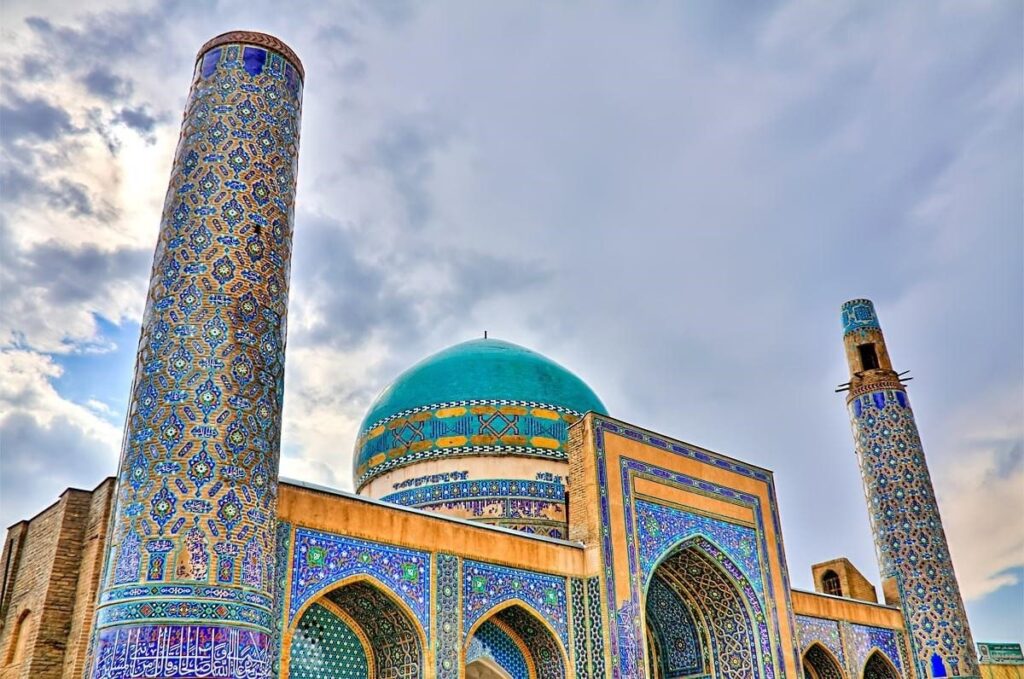
Mashhad is one of the largest cities in Iran with numerous religious and historical attractions. During the Afsharid rule, this city was the Capital of Persia. One of the religious Mashhad tourist attractions from that era is the Tomb of Amir Ghias-ud-Din Malekshah.
This historical mausoleum is located near the opening of Mashhad’s Grand Bazaar, Sarshoor Bazaar area, and in the southwest of the Holy Shrine of Imam Reza. The tomb is close to the shrine and you can easily access it. The tomb of Mir Ghias-ud-Din was added to the Iran National Heritage List in 1932.
A Brief History of the Tomb of Amir Ghias-ud-Din Malekshah
Amir Ghias-ud-Din Malekshah was one of the influential Amirs of the Timurid era who died in 1452 AD. 5 years after his death, a tomb was built over his grave, which was known as the tomb of Amir Ghias-ud-Din Malekshah. The mausoleum was built at the end of the reign of Shahrukh Mirza, the Timurid ruler.
Over time, this tomb was used as a mosque. Today, this mosque is known as 72 Tan Mosque or Shah Mosque.
Architectural Features of Amir Ghias-ud-Din Melekshah Tomb or 72 Tan Mosque
This mausoleum has dimensions of about 33×20 meters and includes two minarets, an Iwan, a double shell dome, and a four-arched hall. All surfaces in this tomb were covered with mosaic tiles. Today, most of this tilework has been lost. However, the remaining tiles still have fresh color and glaze. The tilework dates back to the Timurid and Safavid periods.
The date 1155 AH (1742 AD) is engraved on the entrance door, but it does not correspond to the Timurid period. It seems that this door was transported from another place to this tomb.
The tomb of Amir Ghias-ud-Din Malekshah, which has now been converted into a mosque, features numerous decorations. The tilework decorations on the Iwan of this mosque are noteworthy and have a unique elegance.
This Iwan has a width of about 4.95 meters, a height of 9.4 meters, and a depth of about 4.20 meters. It also has several inscriptions. There is an inscription on the left side of this Iwan, which has an azure tile background with white linework in the Thuluth script. The length of this inscription is two meters and all its writings remain intact. Dots and diacritics in this inscription are in Taghari tilework (henna color), increasing the visibility of the inscription.
The decoration of the Iwan is not limited to this section, and beautiful decorations are present in other parts of it as well. For example, there is a beautiful drawing of the “Salavat on the Fourteen Infallibles” in one part of the Iwan. Also, in other parts, there are beautiful geometric patterns and exquisite tilework on which the word Ali is repeated three times.
Decorative Features of the Minarets and the Dome of 72 Tan Mosque
This mosque has two minarets in the northern and southern areas. These two minarets feature beautiful stone plinths, which have degraded over time by harsh environmental factors. In the past, both minarets had a height of about 40 meters, but due to erosion and degradation, the northern minaret had shrunk to around 20 meters.
Of course, in recent years, the minarets of this mosque have been fully restored and renovated. During this restoration process, the stone plinths of the minarets were rebuilt because they had lost their original shape.
There is a large inscription featuring Quranic verses on the plinth of the minarets. There are engravings of hadiths from the Prophet in one part of the inscription and different names of Allah in the other.
In addition to the minarets, the double shell dome of this mosque also has unique decorative features. This dome is decorated with turquoise-colored tilework, and the phrase “Al-Baqa Allah” can be seen in the Kufic script all around the dome’s drum.
Visit This Historical Mosque in Mashhad
The tomb of Mir Ghias-ud-Din Malekshah is one of the religious monuments in Mashhad, visited by many travelers every year. The impressive architecture of this historical work is one of the most important draws of this tourist attraction.
If you travel to Mashhad on an Iran tour package or personally, do not miss visiting this building. Destination Iran invites you to visit the tomb of Mir Ghias-ud-Din Malekshah and other sights of this city.
Where is the 72 Tan Mosque or the Tomb of Amir Ghias-ud-Din Malekshah?
The Tomb of Amir Ghias-ud-Din Malekshah is located near the opening of Mashhad’s Grand Bazaar, on Andarzgoo Street 13, next to the Museum of Anthropology.
Frequently Asked Questions About the Tomb of Amir Ghias-ud-Din Malekshah
If you cannot find the answer to your questions in the following, share your questions with us through the comments section of this post. We will answer them as soon as possible.
What are other names for the 72 Tan Mosque?
This mosque is known as the Shah Mosque and the tomb of Amir Ghias-ud-Din Malekshah.
When was the tomb of Mir Ghias-ud-Din Malekshah built?
Amir Ghiyas ud-Din Malekshah lived in the Timurid period and the fifteenth century AD. His tomb was built five years after his death, at the end of the reign of Shahrukh Mirza, the Timurid ruler.
To what period does the architecture of the mosque and tomb of Mir Ghias-ud-Din belong?
The construction of the building, the facade of the minarets and pavilions, the Iwan, and the tilework decorations are elements of Timurid and Safavid period architecture.
What is the characteristic of the historical inscriptions of the tomb of Mir Ghias ud-Din in Mashhad?
There are several inscriptions in the minarets and the Iwan of this building, which are considered masterpieces of the Timurid period in terms of tilework and calligraphy. The length of one of the inscriptions is two meters, and its writings are in Thulutt script. Qur’anic verses and phrases from the prayers of Imam Ali (a.s.) are written on the inscriptions.






